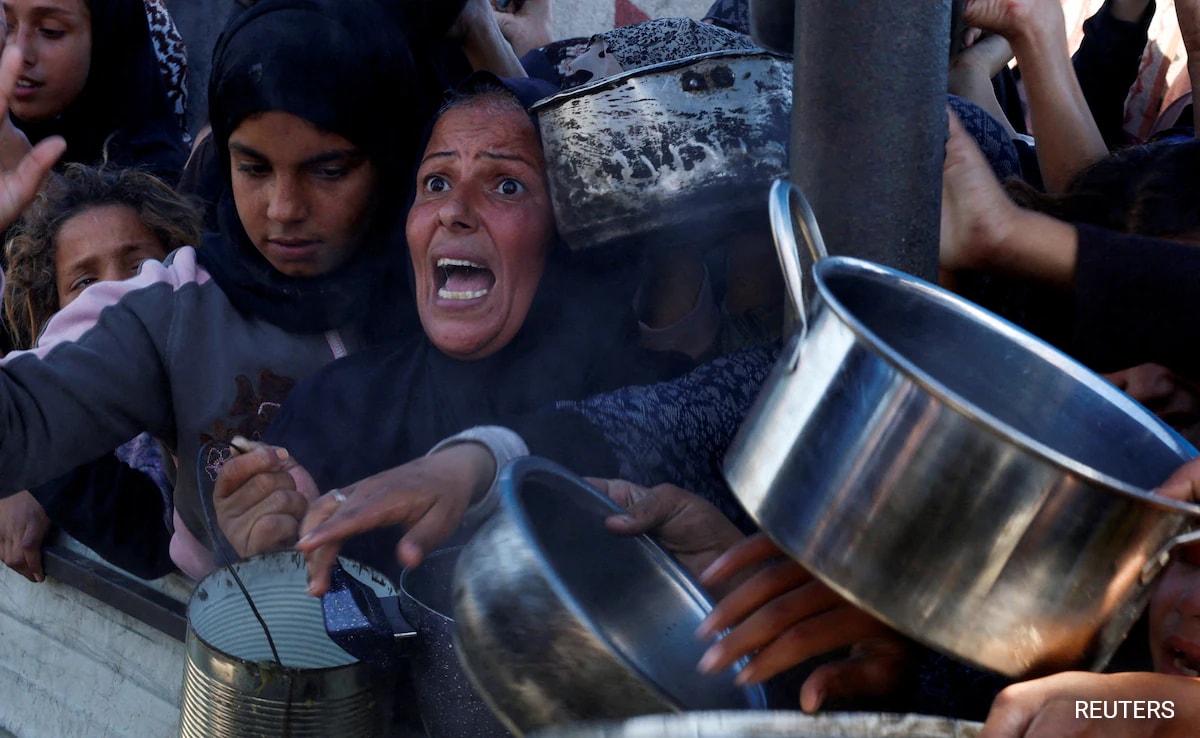

The Middle East has witnessed a significant breakthrough with the announcement of a ceasefire agreement between Israel and Hamas, marking a potential end to 15 months of bloodshed in the Gaza Strip. This development comes after intense diplomatic efforts, with outgoing President Joe Biden describing the negotiations as “one of the toughest” he has ever encountered.
The agreement, facilitated by the United States, Egypt, and Qatar, outlines a three-stage process aimed at restoring calm to the war-torn region. The initial phase, expected to last approximately six weeks, will see a gradual ceasefire, the release of Israeli hostages held by Hamas, and the release of Palestinian prisoners detained by Israel.
Israeli Prime Minister Benjamin Netanyahu must now secure approval from his security Cabinet and full Cabinet before the deal can proceed. However, Netanyahu’s office has said that the Israeli cabinet would not convene to vote on the deal until mediators are notified that Hamas has accepted all elements of the deal, according to AFP.
Israel’s Supreme Court will then have 24 hours to permit an appeal, paving the way for the ceasefire to take effect. While the exact timeline is uncertain, the truce is expected to commence on Sunday, provided all necessary approvals are obtained, per NBC.
As the ceasefire agreement is implemented, attention will turn to the next phase of negotiations, expected to commence within 16 days. This stage will focus on securing a permanent ceasefire, the release of remaining hostages, and the full withdrawal of Israeli forces from the Gaza Strip.
How will it impact Gaza?
The humanitarian situation in Gaza remains dire, with over 46,500 people killed and 1.9 million displaced. The agreement stipulates that at least 600 truckloads of aid will be allowed into Gaza daily, with a significant portion allocated to northern Gaza, which has been severely affected by the conflict.
The initial phase of the ceasefire deal will bring relief to Gaza as they have faced 15 months of deadly airstrikes and displacement without any aid. It will also see Israeli forces retreating from central Gaza and will permit Palestinians who have been displaced to return to the area to start finding loved ones gone missing or feared buried under the rubble.
As for Hamas, which has governed Gaza since 2007, they would probably have to rebuild with Yahya Sinwar’s brother Mohammed as the new leader, and since it has not been expelled, and there is no alternate to its governance, at some point, it will have to be involved in the maintenance of the ceasefire and the operations related to reconstruction.
The group’s survival and continued influence in the region will likely depend on its ability to navigate the complex web of international diplomacy and provide for the basic needs of the Gaza population.
What is the way forward?
The international community, particularly the United States, Egypt, and Qatar, will play a crucial role in ensuring the agreement holds. These countries will act as guarantors, providing diplomatic support and oversight to facilitate a lasting peace.
The aftermath of the conflict has left deep scars, and the road to recovery will be long and challenging. As the people of Gaza look to the future, they do so with a mix of hope and skepticism. The agreement, while promising, is fragile and requires careful nurturing to ensure its success.



